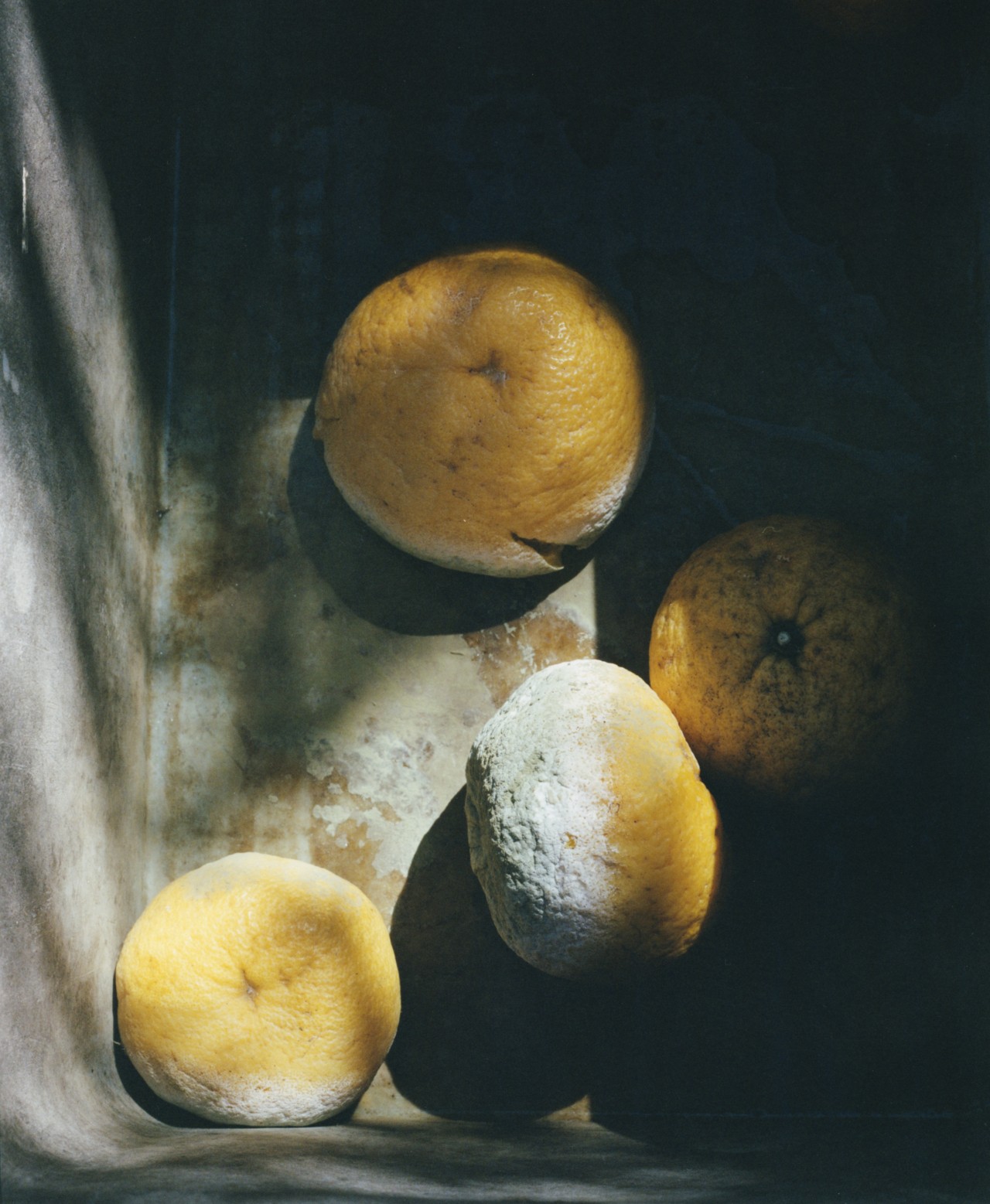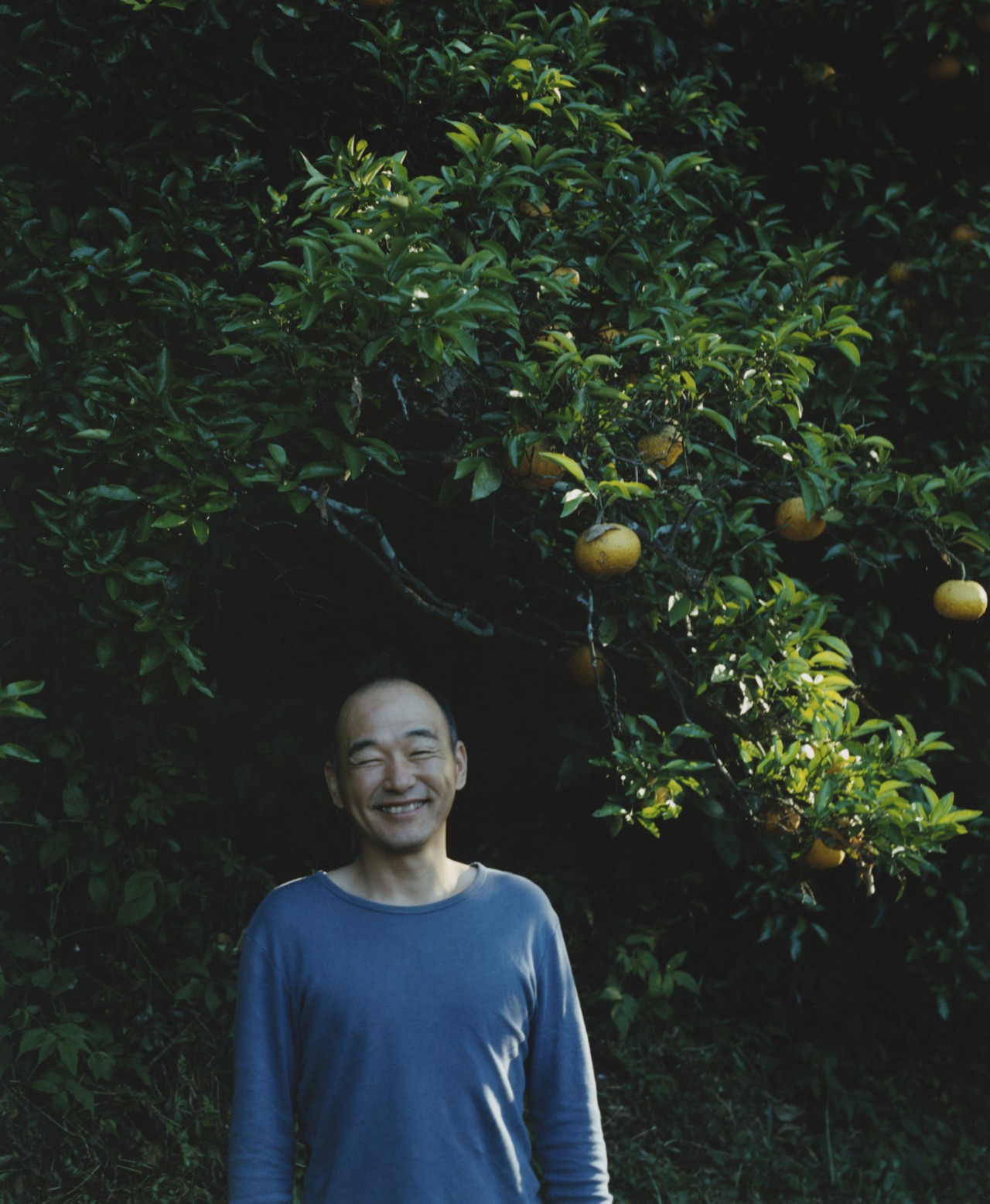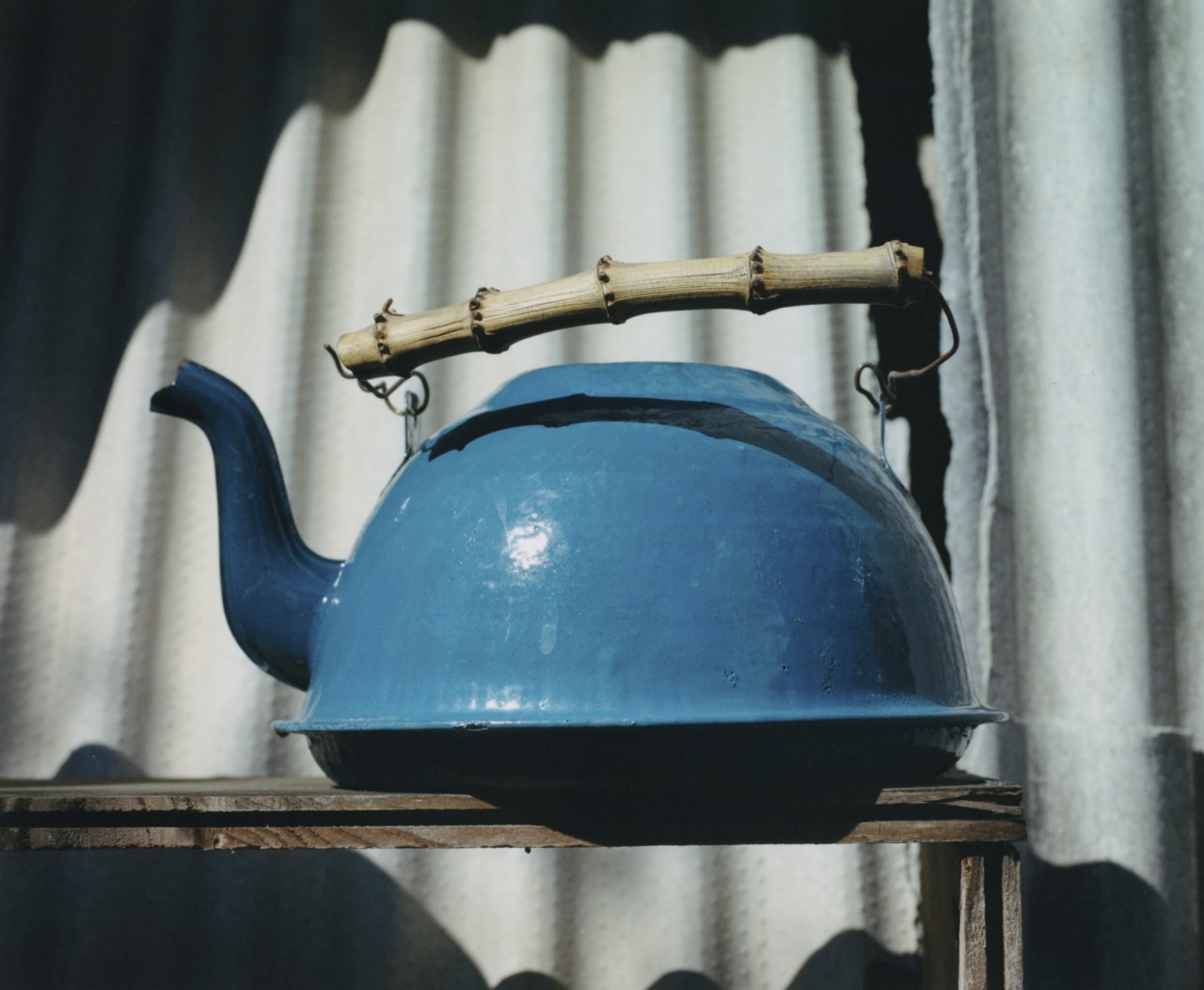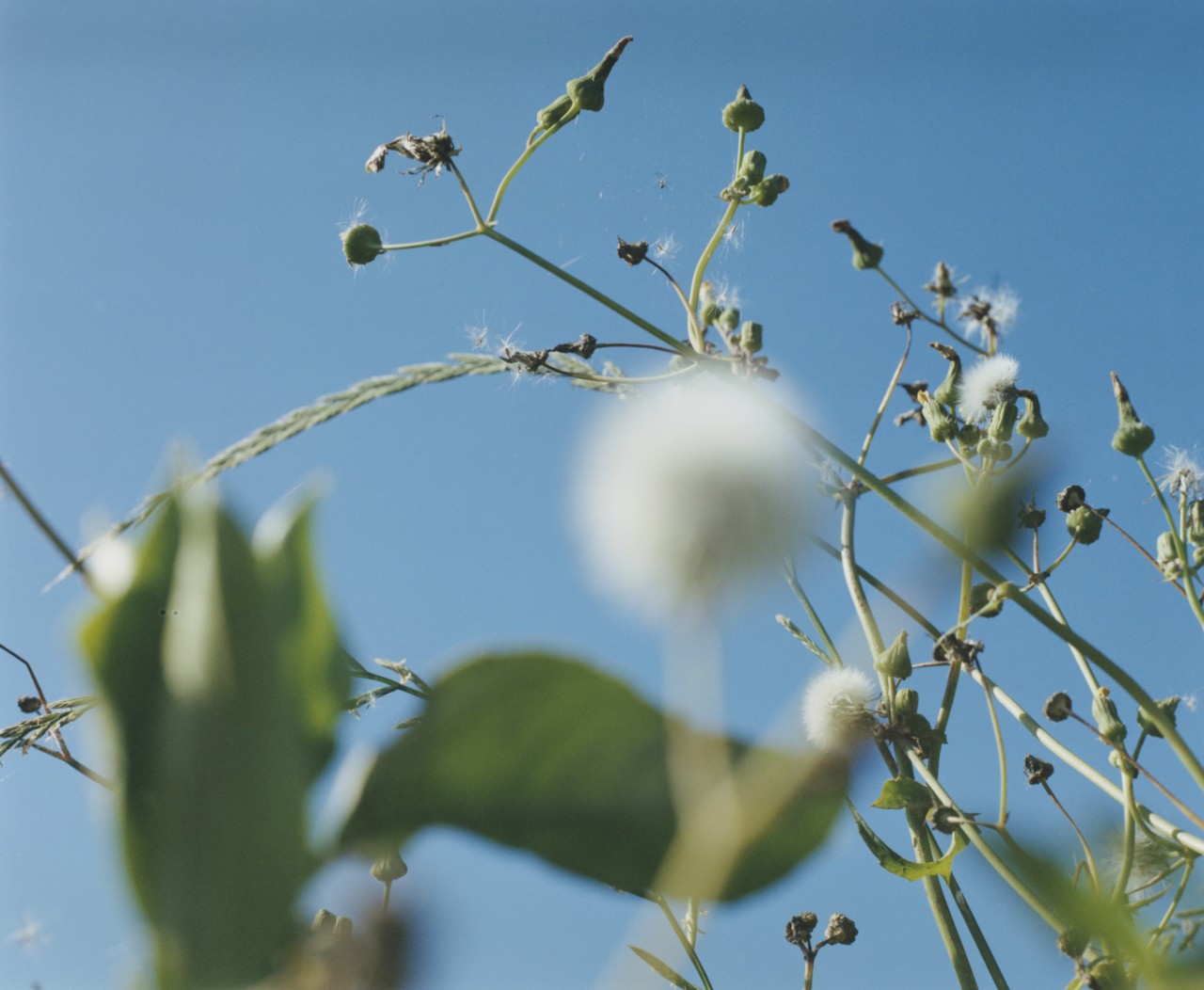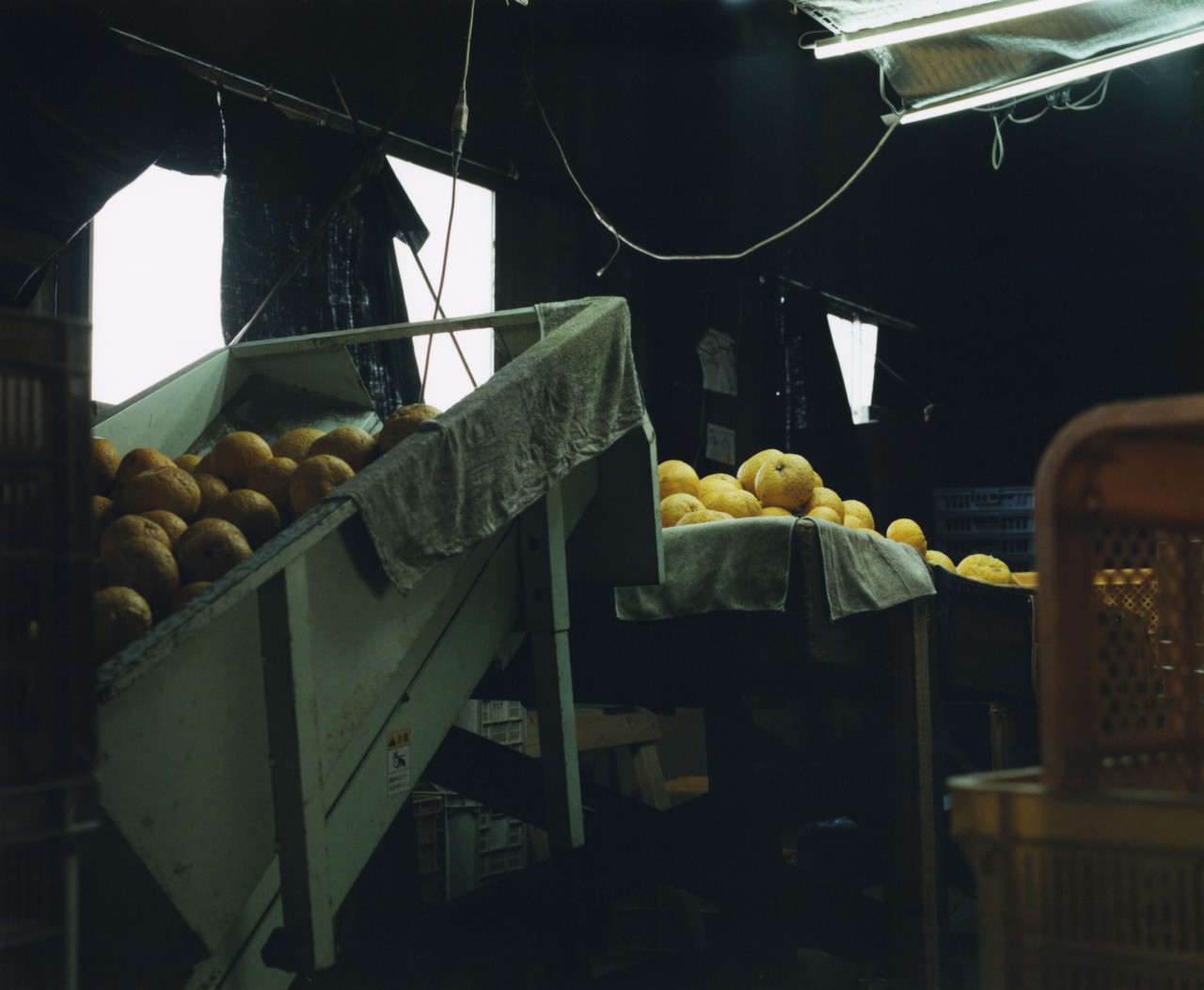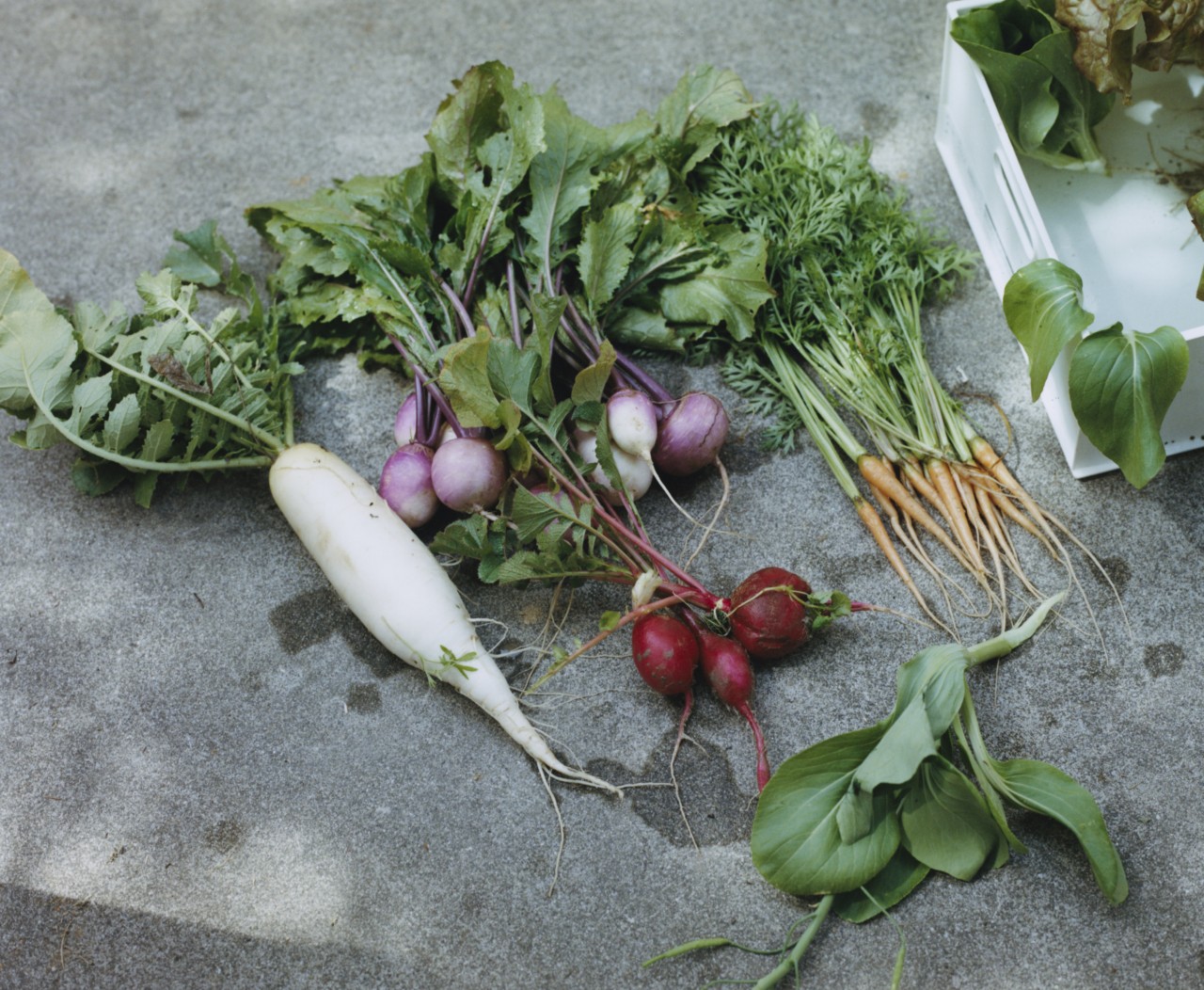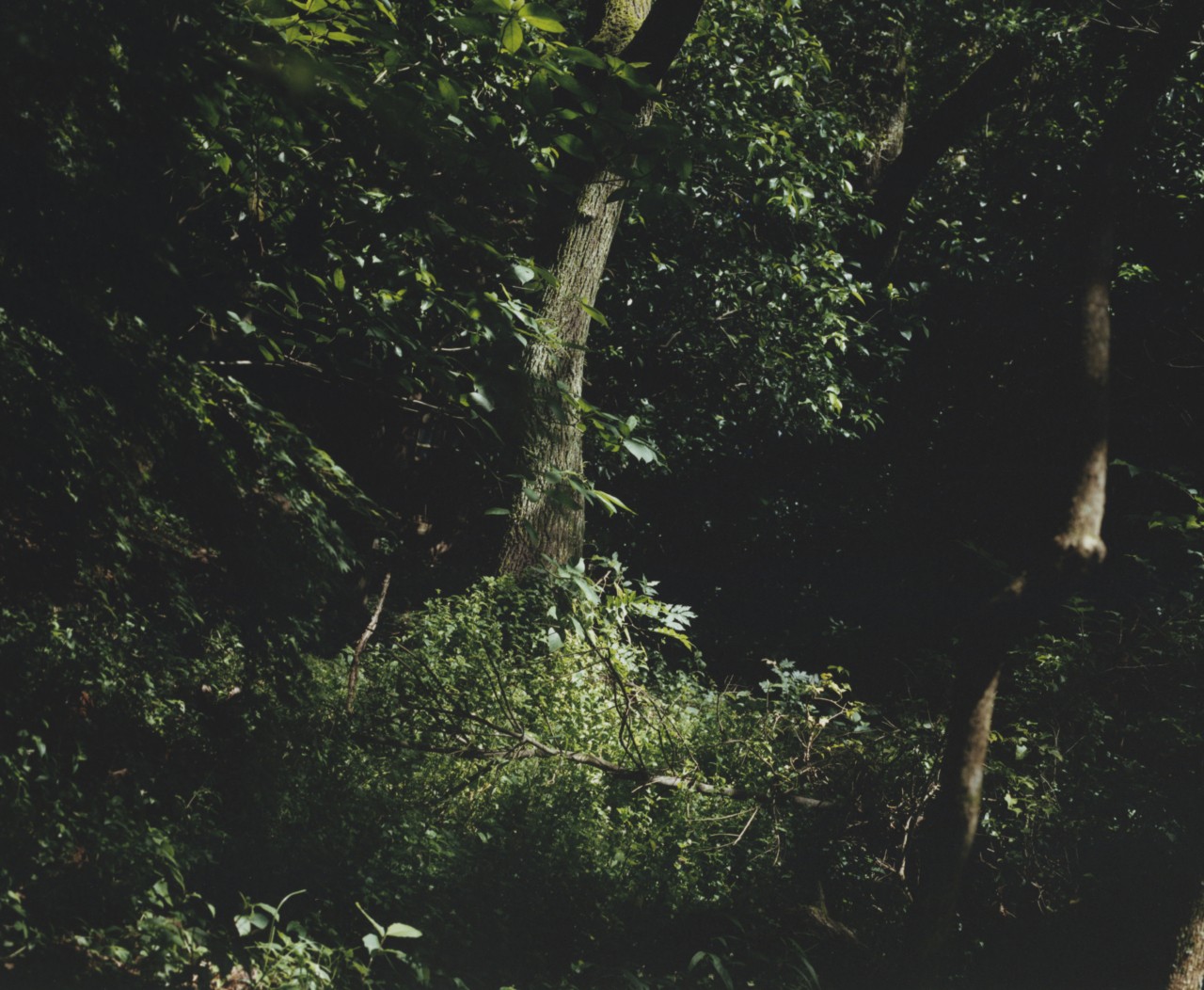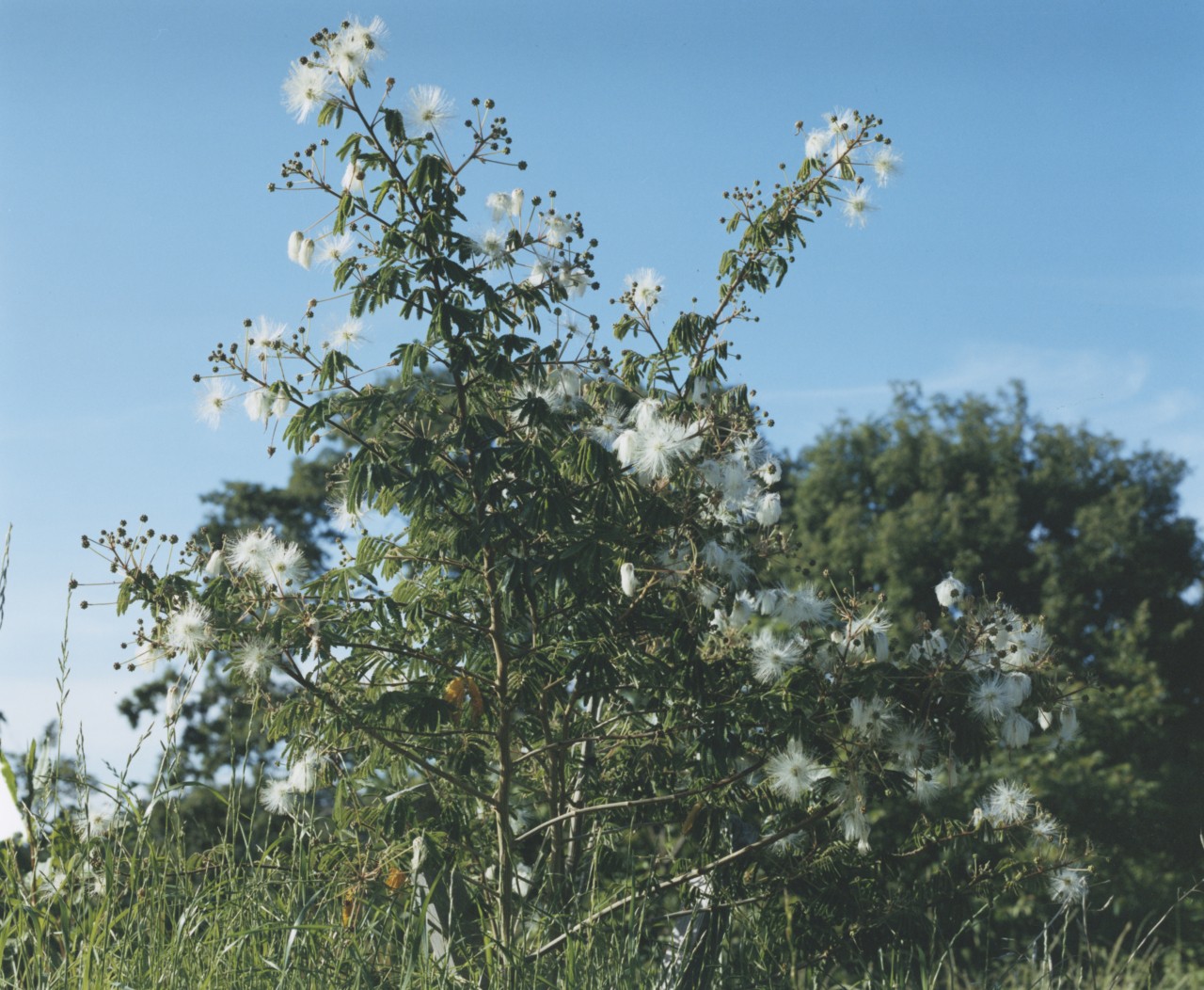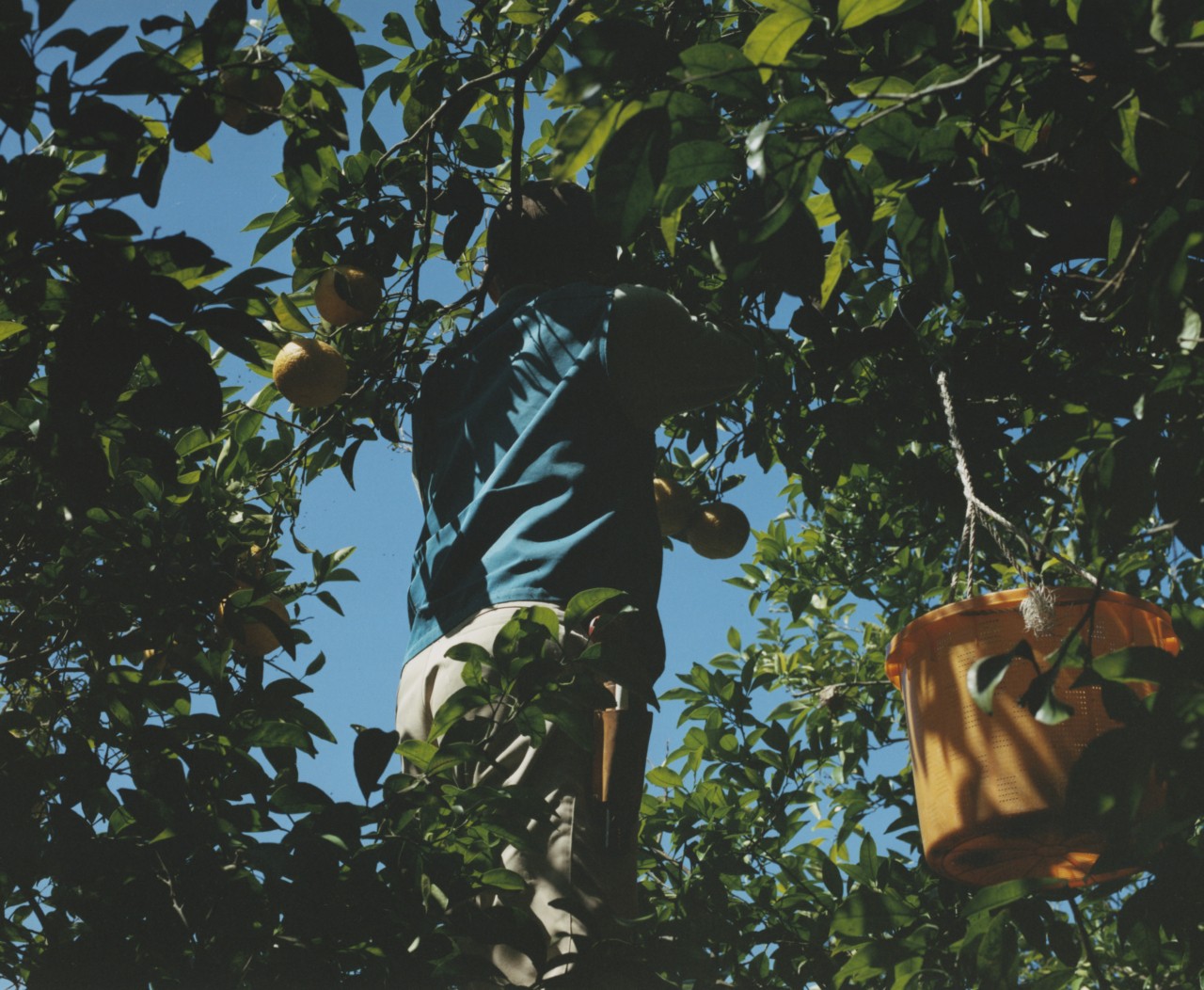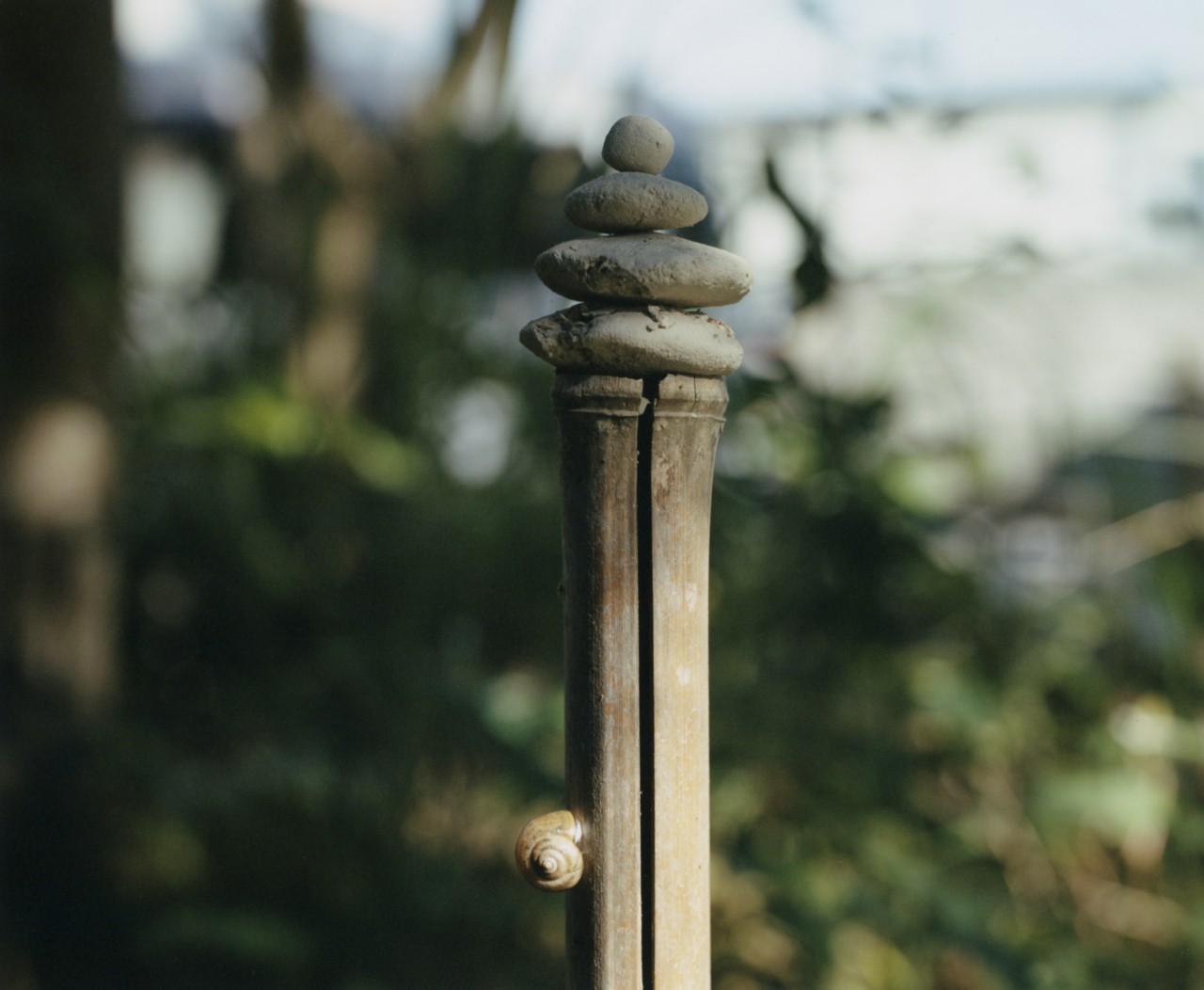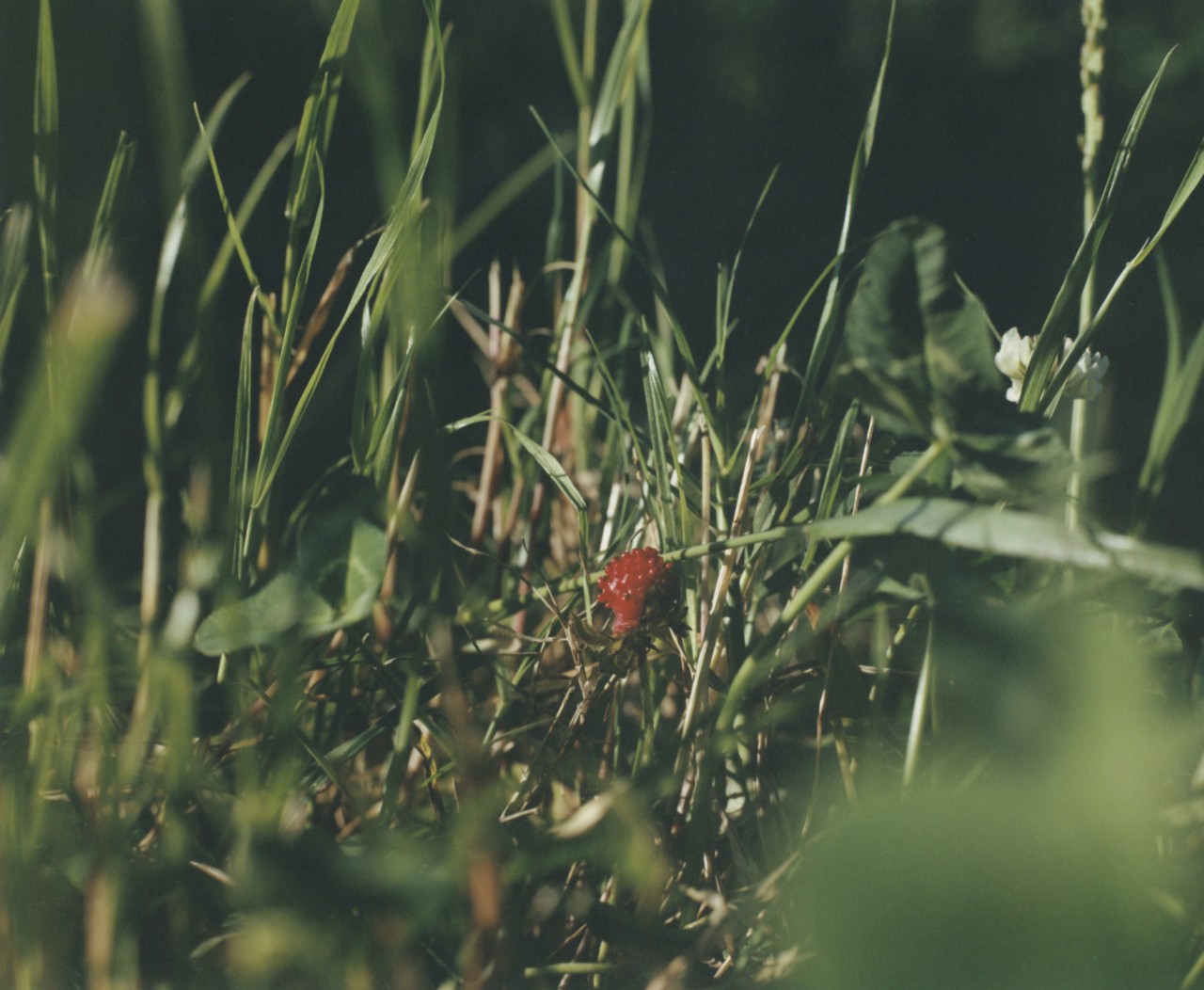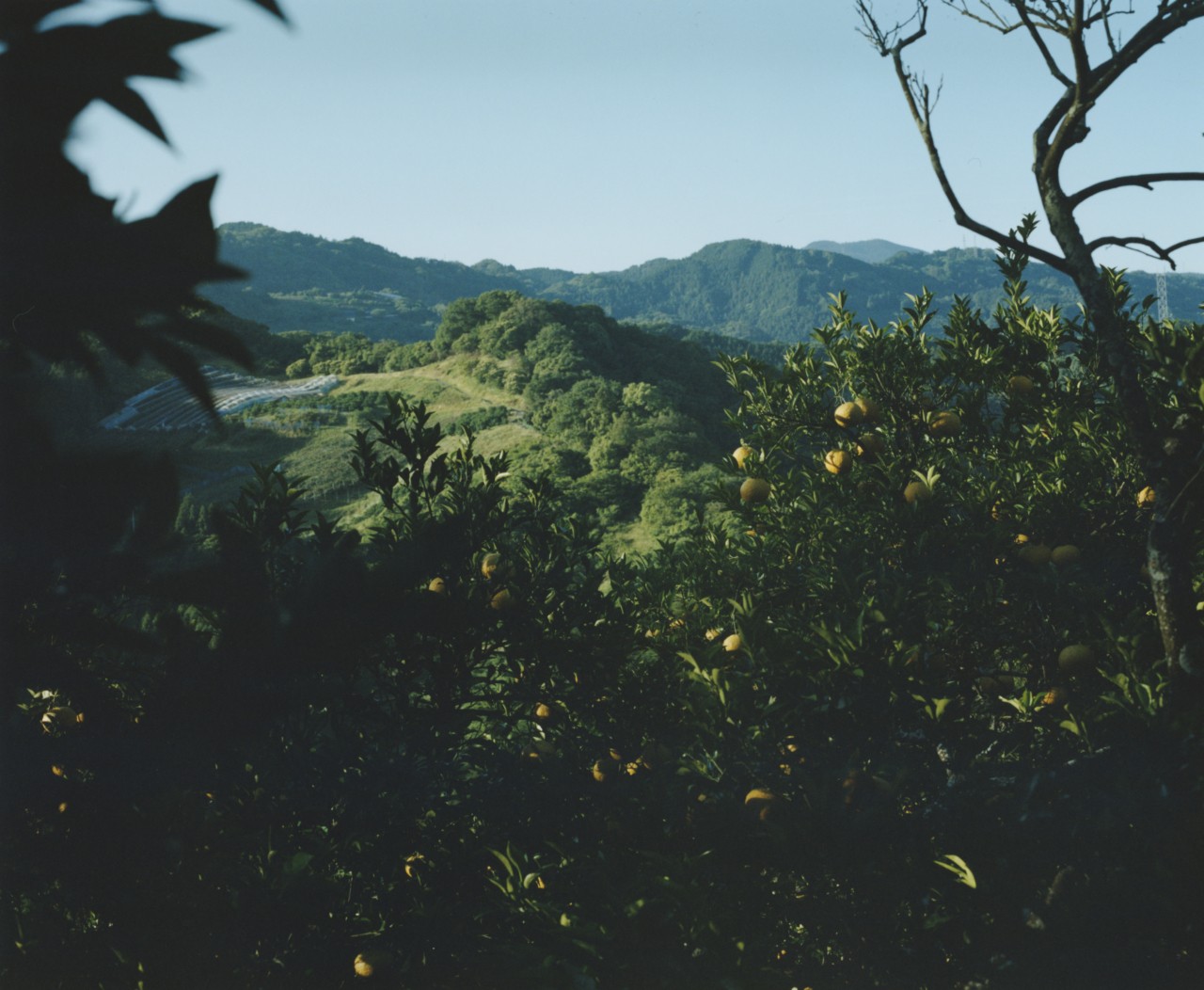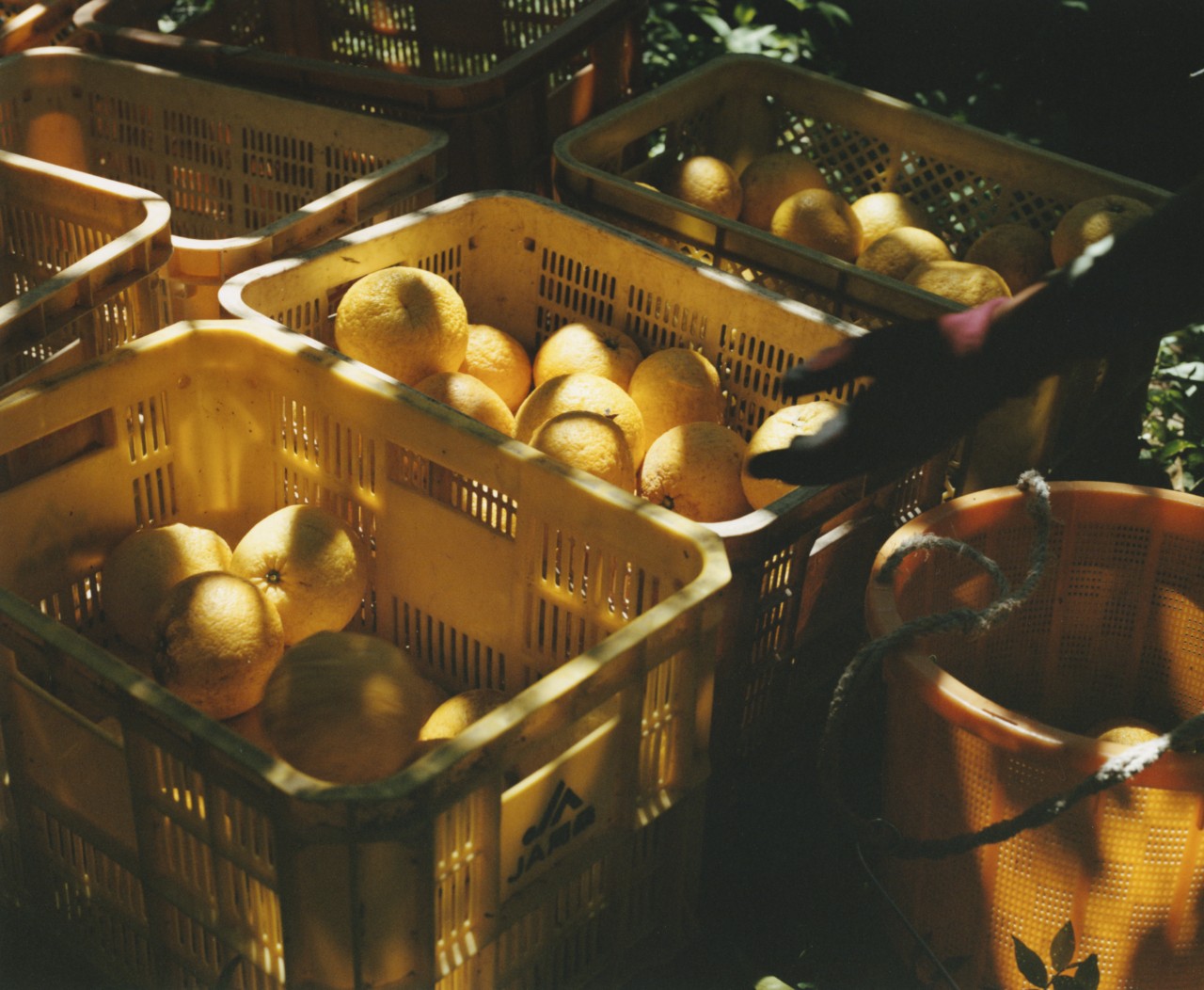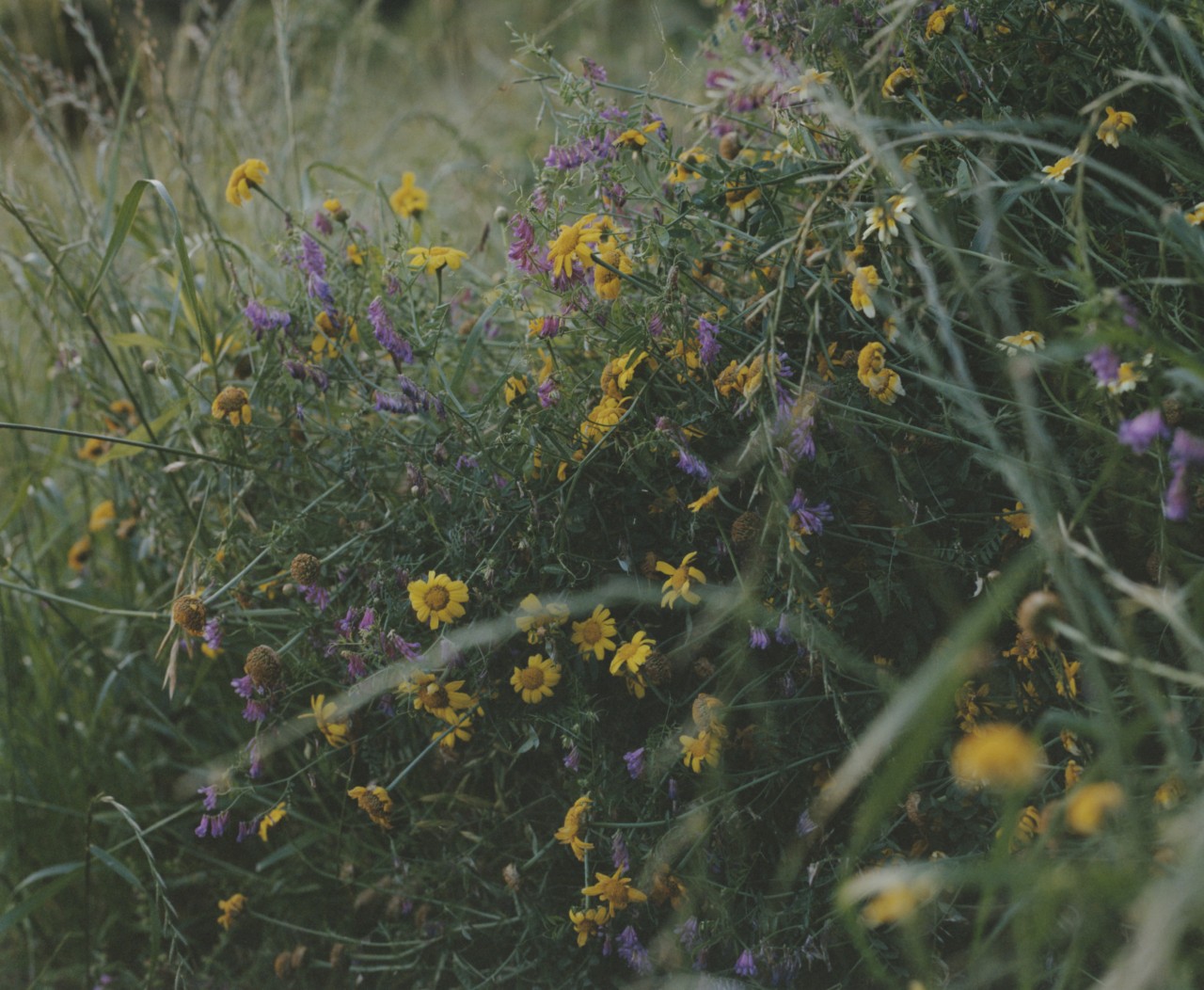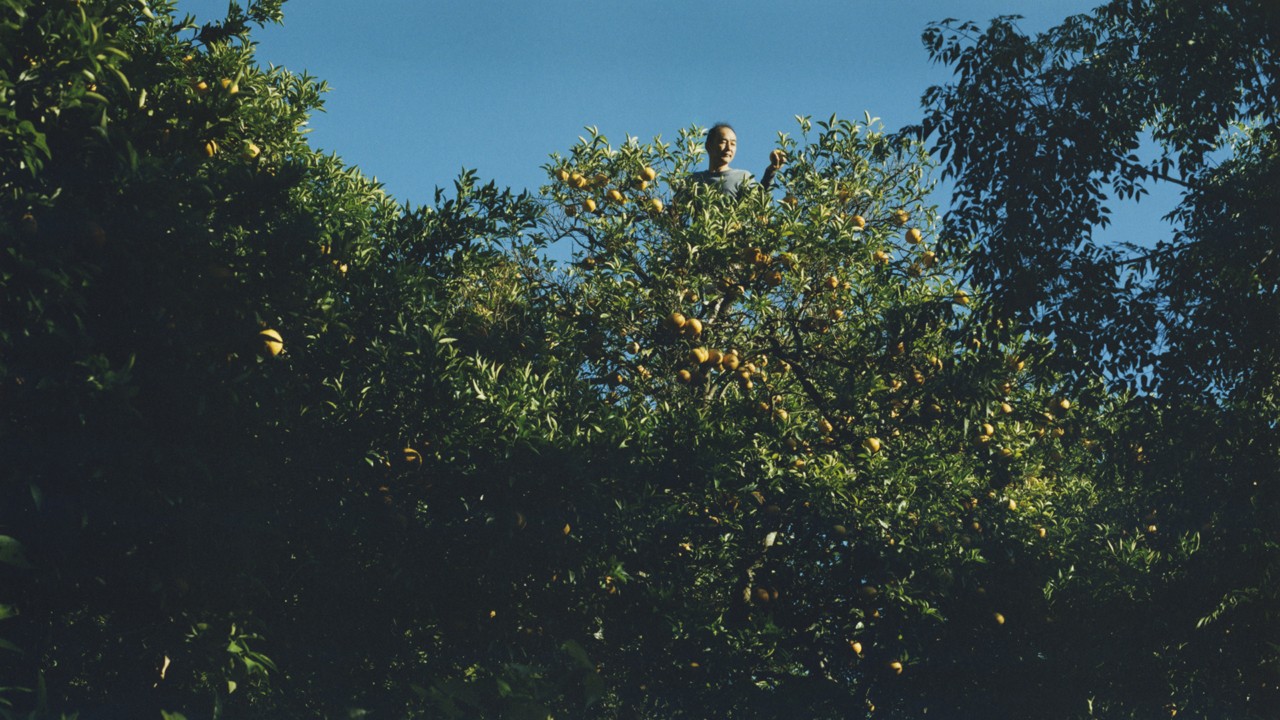
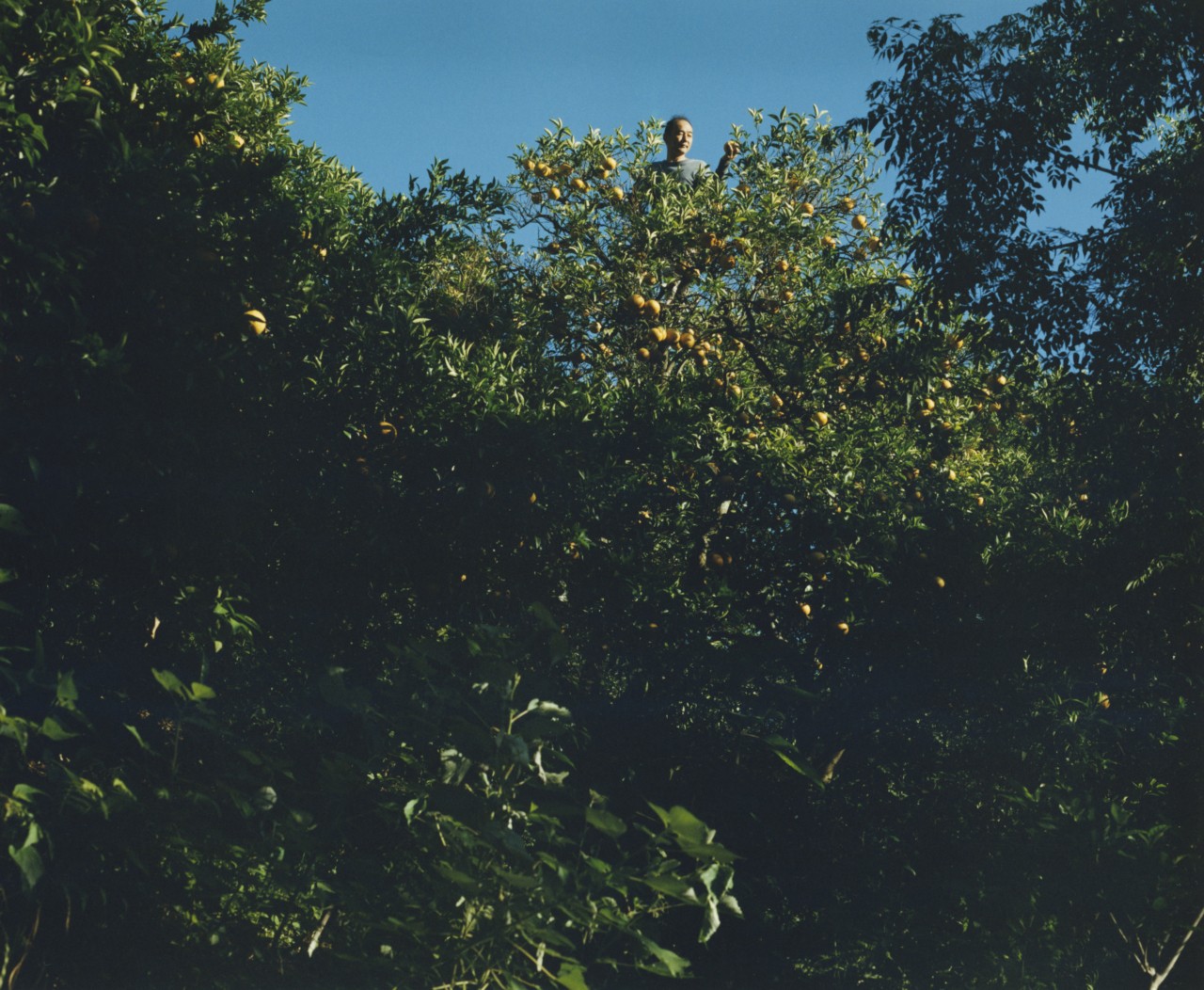
Photography by Stefan Dotter
Words by Takuhito Kawashima
In Japan, there are on average between 1,000 and 2,000 perceptible earthquakes every year. Typhoons are a common occurrence, forming across the Japanese archipelago and striking the island most commonly during the summer months, and around 100 volcanoes are still active today, which is more than almost any other country in the world.
Japanese people have by and large adopted the outlook that “nature cannot be controlled.” Natural phenomena happen on their own, and human intervention is both futile and conceited. Agronomist Masanobu Fukuoka, like so many others around him, shared this mindset. But unlike his peers, he turned the philosophy into a farming method.
This mindset, which is today known as natural farming or do-nothing farming, was proposed by Fukuoka in his seminal 1978 book, The One-Straw Revolution, and follows five principles: no tillage, no fertilizer, no pesticides or herbicides, no weeding, and no pruning. Unlike other farming techniques and methods, Fukuoka’s farming philosophy leaves the cultivation of land and the production of food in biodiverse ecosystems to nature with minimal human intervention.
Today, the primary principles of natural farming—which was reportedly first conceptualized by Masanobu Fukuoka in the 1940’s—have been passed down from Fukuoka to his son, Hiroki Fukuoka, and now grandson, Daiki Fukuoka. Much of the work to preserve Fukuoka’s philosophy takes place at the Fukuoka Masanobu Natural Farm, which is located in Ehime on Shikoku Island, the smallest of Japan’s four main islands.
On one sunny morning earlier this summer, I visited the Fukuoka Masanobu Natural Farm and spent time with the family stewarding the land.




The climate of Ehime is often compared to the Mediterranean climate: it is mild, has relatively low precipitation, and frequent sunny days. In other words, citrus fruits are abundant here, just like on the Mediterranean coast. “There are still a lot of fruits on the trees, right?” Daiki asked me upon arrival—he was standing behind the farm’s nearly 30 different kinds of citrus trees. “But if we were to harvest one third more of what we’ve already harvested, this year’s amanatsu [yellow citrus fruit] harvest would be over. The rest of the fruits would fall and return to the soil or be eaten by wild boars.” Taking too much of any fruit or vegetable is “plundering,” according to Daiki; stealing from Mother Earth. “The idea of this farm is to not take too much from any living thing,” he added.
By the afternoon, the people of Fukuoka Masanobu Natural Farm had finished harvesting citrus fruits and were ready for their break. Amanatsus were handed out to the group to enjoy as a refreshing snack. When I picked mine up, I noticed countless black dots attributed to a pest known, perhaps unsurprisingly, as “black spot.” The farmers explained it is a common symptom of organically grown citrus skin, which looks completely different from the fruit in regular supermarkets. The skin on the amanatsus is thick, making it difficult to remove, but once peeled, a rich, sour aroma fills your nose. Amanatsus are also full of seeds—nearly 30 in one fruit. “It might be a little difficult to eat if you’re not used to it,” Daiki said.
Eating the fruits of Fukuoka Masanobu Natural Farm is a reminder of just how smooth, shiny, and seedless the mandarins in traditional supermarkets are. But this is unnatural, and is the result of genetic engineering and repeated breeding to make fruits more commercially appealing and also easier for humans to eat.

“Rather than the dry relationship between producers and consumers of food we currently have, we can imagine an organic connection between people, fruit, nature, and the Earth—all of which are connected.”
“At this farm, we try not to focus too much on taste,” said Daiki. “Of course, it’s nice to hear people say ‘it was delicious,’ but I think it’s dangerous to get caught up in just taste. The current state of agricultural products in Japan is a result of greed—the sugar content meter has become the most important criteria for a successful fruit. But it’s a costly process: it needs extra work and adds extra costs to the produce through, for instance, genetic modification. This, in turn, destroys the ecosystem. Our desire for more and more has sadly been left unrestrained.”
When choosing vegetables and fruits at places like supermarkets, most people will subconsciously choose the most pretty and tasty-looking. But it’s these desires that are driving producers to increase the harmful medicines and techniques they are already using.
“Agricultural crops are natural products, so it’s only normal that the taste of a fruit will change from one year to another,” said Daiki. “Here, we want people to enjoy the change in taste. We want people to be like, ‘This year’s amanatsu isn’t as sweet as last year’s but that’s because there were a lot of rainy days this summer.’ If consumers have this kind of imagination, they can enjoy food in ways other than taste. Rather than the dry relationship between producers and consumers of food we currently have, we can imagine an organic connection between people, fruit, nature, and the Earth—all of which are connected.”
The basis of natural farming is based on the idea that fruit is born, not made. This requires, first and foremost, a rejection of current agricultural techniques like mowing, fertilizing, tilling, and pruning. But, contrary to popular belief, do-nothing farming does not leave things unattended. Rather, it creates a natural environment that produces fruit. In this environment, pests can be beneficial insects, and weeds can till the soil. If we understand nature this way, there is no superior or inferior element in any ecosystem. Humans are simply there to help keep nature’s cycle going. We are one.





One of Masanobu’s most groundbreaking inventions was the “seed ball,” a group of pits characterized by the vast mixture of seeds that are sown. These seedlings are dried and scattered in a natural environment, and then left to sit. The seeds go on to sense the natural conditions, and the more adapted seeds germinate and grow at the time when they are most adaptable. “Nature chooses us, not the other way around,” Daiki was quick to remind us. These seed balls are today not exclusive to the Fukuoka Masanobu Natural Farm. They have also been used to green the desert areas of Greece, the wastelands in Thailand, and the dry grasslands in Kenya.
Towards the end of the day, Daiki took us by car to a place not far from the farm. It was located deep in the mountains. “After the Second World War, local villagers cultivated sweet potatoes and citrus fruits here,” says Daiki. “But it didn’t go as well as they had expected because the soil was not good.” When his grandfather stumbled upon the land some years later, he started practicing natural farming using his “seed ball” technique. He grew various vegetables, planted trees, and had chickens for about 20 years. Today, the place is completely different from its surroundings, and it is still undergoing dynamic changes.
“It’s only been about 20 years, but the land is rich in diversity and is full of plants, insects, and other living things,” said Daiki. “If there were strong traces of human activity, let alone pesticides, it would look nothing like this. Each plant would be more selfish, and there would be bias in the selection of plants that grow. Natural farming is also ‘subtractive farming.’ It involves thinking about how much of the work you are currently doing can be deduced. When we reach zero human activity, we have succeeded: it’s how we will return to nature, like this place.”




The Value of a Do-Nothing Mindset
